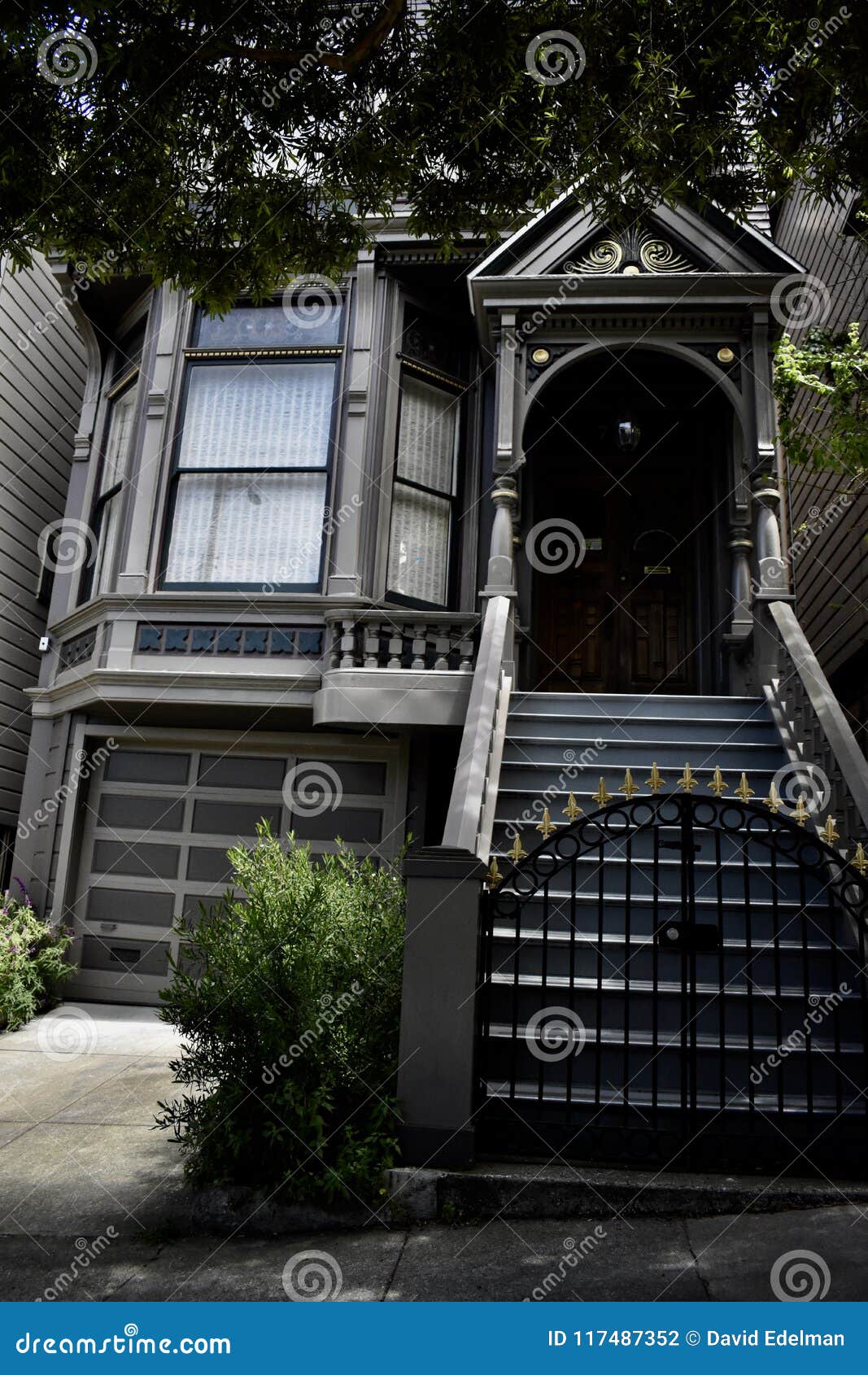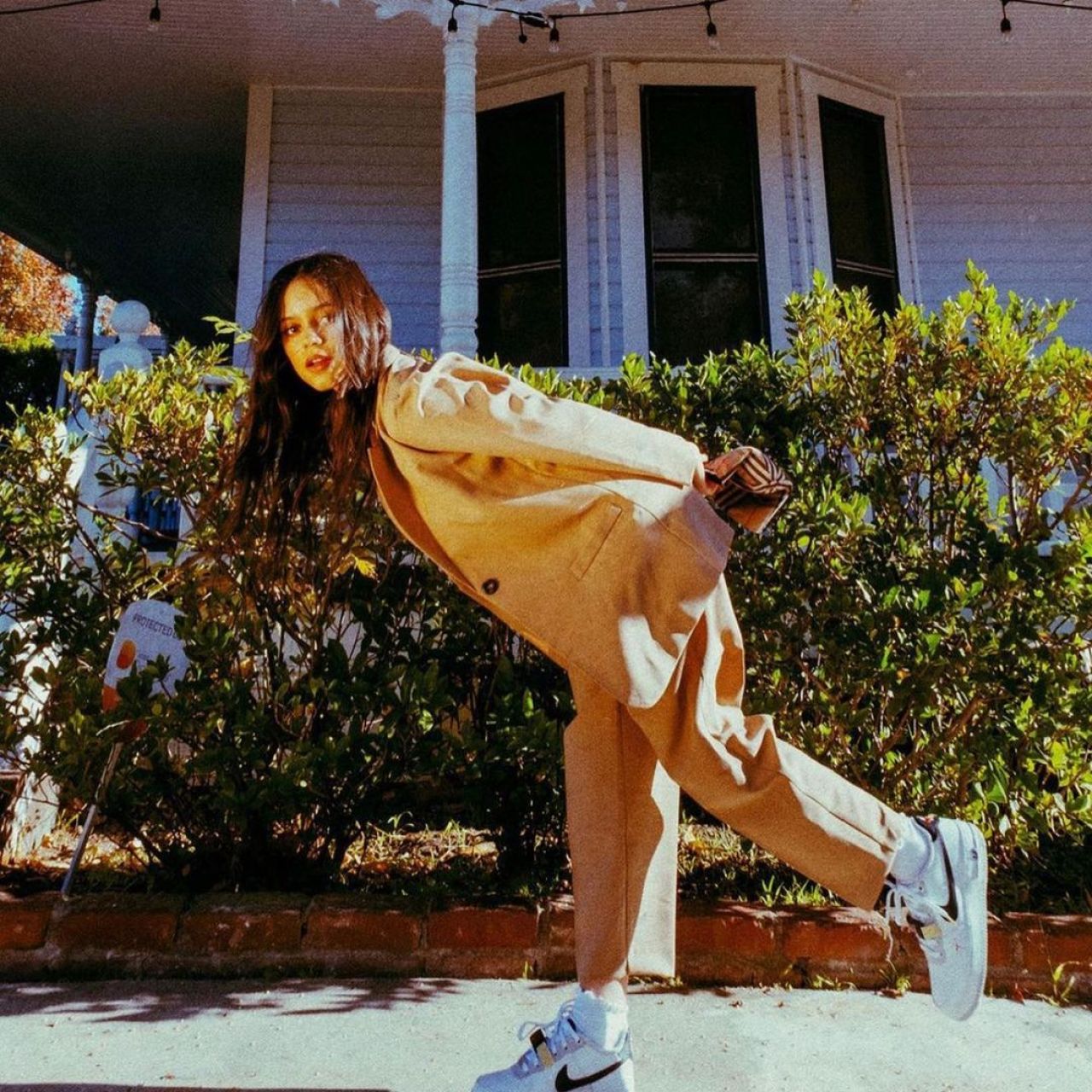
The 400 Club's proximity to the docks meant it was in a rough-and-tumble joint, frequented by sailors. Jerry grew up hanging out with drunken sailors while his parents tended the bar—not your average upbringing, but then again, no one ever called the Grateful Dead's bandleader average. As a tourist, you cannot go inside the Grateful Dead house in San Francisco as it is privately owned. The charges were eventually dropped (all they got was a $200 fine), but not before a news conference was held in at 710 Ashbury to protest the drug bust.
‘A Band for Seekers’
Find LGBTQ+ history throughout San Francisco's different gay neighborhoods, from the Castro to SOMA. The Mission District is an outdoor art gallery full of vibrant murals depicting themes ranging from cultural heritage to social-political statements. World-class aquariums, interactive science exhibits, and diverse art collections make San Francisco’s museums a must for any visitor.
A second Stern Grove festival? Brand-new SF summer music series drops
Cultural significance aside, the real stars are the designers whose interior concepts not only reimagined every space in the stately home, but also help to predict the next big trends in design. And for one top San Francisco–based design firm, it meant reprising a role it played 35 years ago. The current revival band announced last year that its summer 2023 tour would be its last after eight years of performances.
Read More
What was once the communal home and headquarters of the famous jam band the Grateful Dead, the house was under their control from October 1966 to March 1968. In that time, the home saw a ton of action including hosting a ton of famous guests (hello, Janis Joplin and Neal Cassady), and the infamous drug bust of 1967 (we’ll get into more on that below). Benefitting the San Francisco University High School Financial Aid Program, the monthlong event has raised over $18 million throughout its history to provide hundreds of deserving Bay Area students with world-class college preparatory education. A focus on bespoke lighting seemed to flip the switch on minimalist styling in a shift toward more opulence and abstract design. For her bathroom, Mill Valley–based designer Holly A. Kopman worked with artist Bobby Sarnoff and Dogfork Lamp Arts to develop a custom chandelier in homage to a Mazzega-designed lighting fixture she’d been obsessed with.
Murals of the late Jerry Garcia are plastered throughout Haight Street, and residents recall a time when the frontman played free shows around the neighborhood—often balancing precariously on the top of a flatbed truck. Whatever style of music gets you grooving, you can find a way to hear it live in San Francisco. Free concerts across San Francisco's iconic venues and public spaces start this May and will last all summer long. The effect of the 400 Club in Rincon Hill is evident when examining the Dead's fondness for debauchery and songs of the seafaring life. Located at 400 First Street, the 400 Club was a bar owned by Jerry Garcia's parents after their previous establishment, Garcia's, shut down.
“in the summer of love!”
Once a military post, the Presidio is now a major part of the Golden Gate National Recreation Area. It has everything from hiking trails and historic buildings to a social club and even The Walt Disney Family Museum. But what's most important to Grateful Dead fans is the fact that Jerry Garcia spent nine months here when he was in the U.S. This information might surprise you, but what won't is that he went AWOL several times and was court-martialed as a result.
O box truck, where art thou? Two Oakland A’s fans’ hunt for a missing team relic

Nearly the perfect center of the city, the intersection of Haight and Ashbury Streets was once one of the cheapest parts of town. As San Francisco gained a reputation for acceptance amid the stifling confines of 1950s America, free souls flocked to the Haight neighborhood, which had been popularized by the media as a haven for disaffected youth. In May of 1967 — just before the Summer of Love — Hunter S. Thompson coined the neighborhood's nickname "Hashbury" in "The New York Times" Magazine, but the portmanteau didn't stick around as long as the residents. The Grateful Dead actually only lived here between 1966 and 1968 but that was enough time to make this home a semi-religious spot people trekked to from pretty much every corner of the earth. Well, to be completely honest with you, the house is a private residence – a gated private residence. However, that doesn’t mean that the house isn’t worth a visit on your way to or from Haight Ashbury, as it’s just around the corner from this famous intersection.
Featuring original Dead members Bob Weir and Mickey Hart alongside pop music icon John Mayer, Dead & Company sold out all three Bay Area shows. The band’s free-spirited community, radical love and family ties will never fade away from San Francisco, some superfans say, even if the city looks and feels less hippified today. Diehard Deadheads consider the Grateful Dead’s 1995 concert at Chicago’s Soldier Field to be the influential jam band’s last true performance before frontman Jerry Garcia died.

The Dead house gained icon status from this as well as photos of the group taken on its front stoop, which were circulated widely. Although it is home to someone else now, visitors can still pose for photos outside the front gate at the Grateful Dead house and see Deadhead art on the sidewalk outside. In the grand hallway, Berry selected a sculptural light installation called “Sand & Sea–Cascading Waves” from London-based design studio Haberdashery.
Twenty-eight intrepid interior and landscape design firms took up residence in the 11,155-square-foot home on “Billionaire’s Row” in Pacific Heights to transform the recognizable property into a showplace for modern living. Less florid than San Francisco’s Victorian-era Painted Ladies, the Colonial Revival–style home was designed by architect Edward John Vogel and built in 1897. Its location in the storied Haight-Ashbury district placed the house at the rainbow-bright center of 1960s counterculture, the era when Gene Estribou, a previous homeowner, opened a recording studio on the dwelling’s attic level. The Grateful Dead laid down some of their earliest tracks there, as did Quicksilver Messenger Service, Steve Miller Band, and other mandarins of the San Francisco sound. Staff at the Piedmont Boutique said Grateful Dead concerts have drawn in a swarm of customers this week, many of whom were sporting colorful rainbow tees and the band’s iconic skull symbol.
David Wiseman crafted a mind-boggling powder room suite with a traceried bronze screen, mirror, ceiling light, and toilet paper holder, some embellished with enameled mushrooms and snakes, and all set against an envelope of toothsome pink onyx. The seductive home theater—cloaked in de Gournay velvet panels bedazzled with metallic threads and millions of beads and gold sequins arranged in patterns of wafting smoke—features a custom Haas Brothers hookah. Igniting the clients’ curiosity about contemporary design was part of the fun,” the designer recalls. The Grateful Dead have been a San Francisco icon since the 1960s, and though their leader Jerry Garcia has since passed, they remain a symbol of the city. During the 60s they were the embodiment of the Hippie movement and a rallying symbol of peace and love.
Even today, 50 years later, the city, especially the Haight Ashbury area, is full of tributes commemorating all the Dead have done for the city and for music in general. A walk down Haight street will greet you with a huge Jerry Garcia mural, sidewalk art, and the iconic skull logo at pretty much every turn. Gift shops sell memorabilia and t-shirts, Ben and Jerry’s ice cream shop sells “Cherry Garcia” ice cream, and record stores prominently display the Dead’s discography in their windows.
Meet me in San Francisco - Austin American-Statesman
Meet me in San Francisco.
Posted: Thu, 02 Mar 2017 08:00:00 GMT [source]
Even those who know nothing of the Dead and their impact quickly realize that they are a cultural icon. But ironically, even with all this fanfare, very few people realize the Dead actually lived a block away up Ashbury Street. The group's original members—Jerry Garcia, Phil Lesh, Bob Weir, Bill Kreutzmann, and Ron "Pigpen" McKernan—lived in the purple Victorian house located at 710 Ashbury St. from 1966 until 1968. Originally a boarding house, the rooms mysteriously began to open up just when the band needed to vacate their residence north of the Golden Gate, and they ultimately took over the entire building. Mere blocks from the Haight-Ashbury junction, the house was the site for many shenanigans, including an infamous 1967 drug bust.
Your Guide To Celebrating Jerry Garcia Week In San Francisco - San Francisco Magazine
Your Guide To Celebrating Jerry Garcia Week In San Francisco.
Posted: Tue, 26 Jul 2022 07:00:00 GMT [source]
On Oct. 2, 1967, eleven residents of the house were arrested by the San Francisco police for drug use (although Garcia wasn’t one of them, as he was hiding out across the street at the Hell’s Angels house). During their heyday the Dead lived in a nondescript Victorian at 710 Ashbury where they penned many of their hits. The house today is a normal residence, but some dedicated fans have left tributes in the form of flowers or artwork. The Haight-Ashbury area became known as a mecca for artists and their go-with-the-flow followers. It was not uncommon to run into musicians like the Grateful Dead and Janis Joplin as well as members of psychedelic rock outfits such as Jefferson Airplane and Quicksilver Messenger Service, many of whom lived within a few blocks of one another. "Wandering around Haight, you’d end up bumping into everyone you wanted to find and — as the song goes — strangers would stop strangers, just to shake their hand," says Grateful Dead drummer Bill Kreutzmann.
The Standard spoke to visitors who had traveled by any means necessary from West Virginia, Indiana, Illinois, Missouri, Washington and New Jersey. Some said they found the band through acid trips and hazy years spent partying in the '80s and '90s. Two men had snagged tickets for all three sold-out shows, and one said he’d been to nine Grateful Dead-related concerts this year alone.
If houses came with a soundtrack, the groove for this historic San Francisco manse would surely be psychedelic. Radically reimagined by AD100 designer Nicole Hollis, the mind-bending abode pays tribute to the city’s progressive cultural legacy as well as the audacious tastes of Hollis’s clients. “It’s Grateful Dead meets Burning Man meets Marrakech meets Victorian posh, with a generous dose of contemporary design and art,” Hollis says, tracing the elaborate web of influences that converge in this hallucinatory vision of modern hippie-luxe. “I wanted to bring rock and roll into the life of the house, not just as an applied gloss but as part of its DNA,” she adds. Beyond the exotic fretwork and consciousness-expanding imagery, Hollis adorned the home with a king’s ransom in commissions from avant-garde contemporary designers and artists. The multinational roster includes signature works by Olafur Eliasson, Takashi Murakami, Martino Gamper, Studio Job, Mattia Bonetti, Katie Stout, Jeff Zimmerman, Rogan Gregory, Johanna Grawunder, Jos Devriendt, Chris Schanck, and others.

No comments:
Post a Comment